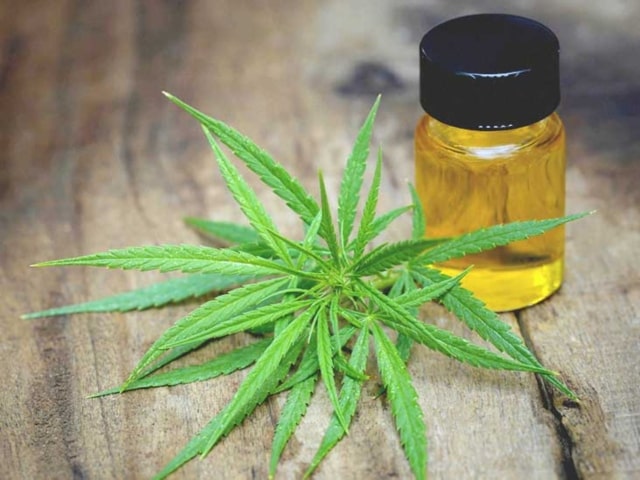
One of the most interesting crops, and yet very unknown in Europe and in Spain in particular, is hemp. This lack of knowledge has its origin in the prohibition, in 1961 by the United Nations, of its cultivation.
Therefore, it has been interesting to discover that its cultivation is one of the oldest, whose plantations, according to some experts, such as Hana Gabrielová, date back more than 5,000 years. This makes sense since it is a fast-growing plant whose seeds, flowers, stems, and fiber can be used for medicine, food, paper manufacturing, or making highly resistant fabrics, as evidenced by the fact that Columbus used this material to make the sails and ropes of the Caravels.
The prohibition of its cultivation is due to the fact that hemp comes from the same plant, Hemp Sativa, which includes different varieties of strains. In fact, it is very difficult to differentiate a hemp plantation from a hemp plantation.
Among others, the components of hemp are THC (Tetrahydrocannabinol), which is a psychoactive element that has psychotropic effects, and CBD (Cannabidiol) whose natural compound is not psychoactive and is used for medicinal purposes for its great analgesic and anti-inflammatory power.
It was not until 1988 when a group of French scientists developed the strains that we now call industrial hemp, which contain very low THC content (less than 0.3%), which led the European Parliament to create a regulation that would allow its cultivation in the European Union. However, it took more than 10 years for the Spanish State to authorize its cultivation through Royal Decree 1729/1999.
Applications of industrial hemp
Industrial hemp has a multitude of applications in industry. From food, medicine, the textile sector, or the manufacture of paper, to its use in the construction sector.
Focusing on construction, one of its best-known applications is Hempcrete, whose name is composed of the word “Hemp” (hemp) and the abbreviation of the word “concrete”. This is the name given to the paste made from a mixture of hemp fibers (the so-called hempseed found in the core of the stalk), lime (limestone powder), sand, and water. Its limestone component (Lime stone) means that this composition is also sometimes called HempLime.
The paste thus obtained can be applied directly on site, although, like concrete, it requires a curing period. Over time, the water, lime, and hemp petrify, resulting in an extremely strong but at the same time very light structure that can last for thousands of years and which, due to its stability, is ideal for seismic zones as it does not crack.
However, with this paste, we can also buy already cured products in the form of bricks or blocks. We also have to take into account that some of its components may vary, as we saw in the Suninplant project in which limestone was replaced by pozzolan (silicon-aluminous).
With this material, we can also find ecological insulating products for construction, such as panels or hemp wool blankets. Please read the review here for additional tips and information about hemp.

Advantages of hemp
Following, among other experts, William Stanwix and Alex Sparrow, great advocates of this construction technique, which they developed extensively in their book “The Hempcrete Book, we list some of its benefits. The advantages of using hemp in construction, which are listed below, are extraordinary.
- Great stability. It does not shrink, thus avoiding the formation of cracks.
- Easy to apply, following simple instructions
- Very versatile, it can be used on walls, floors, and ceilings.
- High energy efficiency, since its insulating properties allow it to maintain a stable temperature.
- Good acoustic insulation, avoiding the penetration of external noise and reverberations inside the house.
- Breathable and hygroscopic, which totally prevents condensation and mold formation.
- It provides a healthy environment free of VOC (Volatile Organic Compounds).
- Its properties improve with time. The mixture petrifies and gains strength and durability.
- Highly resistant to parasites as the hemp stalk does not contain albumen.
- Offers high resistance to fire.
- Contributes to the construction of EECN (Nearly Zero Energy Consumption Buildings), neutral or even negative, since having a very short growing period (production per hectare is 4 times higher than that of wood) captures more CO2 than trees.
Given such a wealth of advantages, it is difficult to understand why this material is hardly used in the construction sector. Certainly, the prohibition of its cultivation for years contributed to this, but even today the large plantations found in North Korea, Chile, France, the USA, Canada, and China are largely used for textile and seed oil production with an almost non-existent application in architecture.

